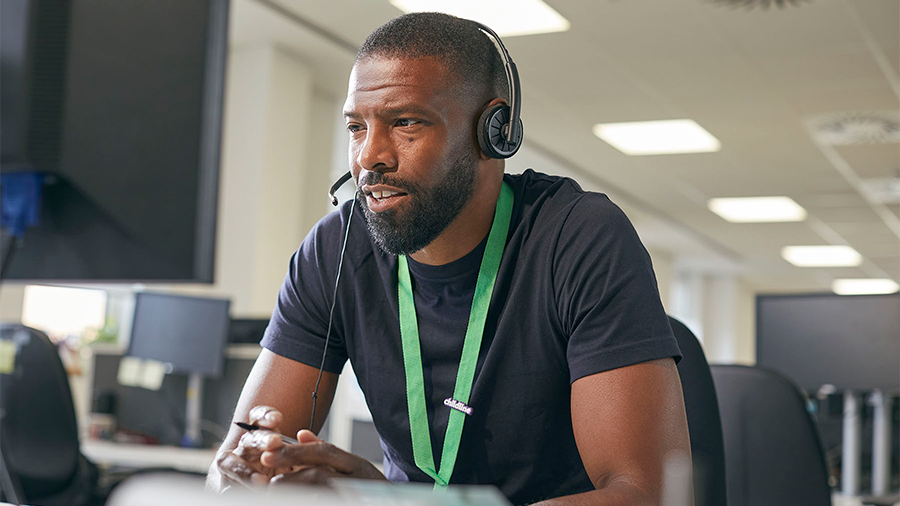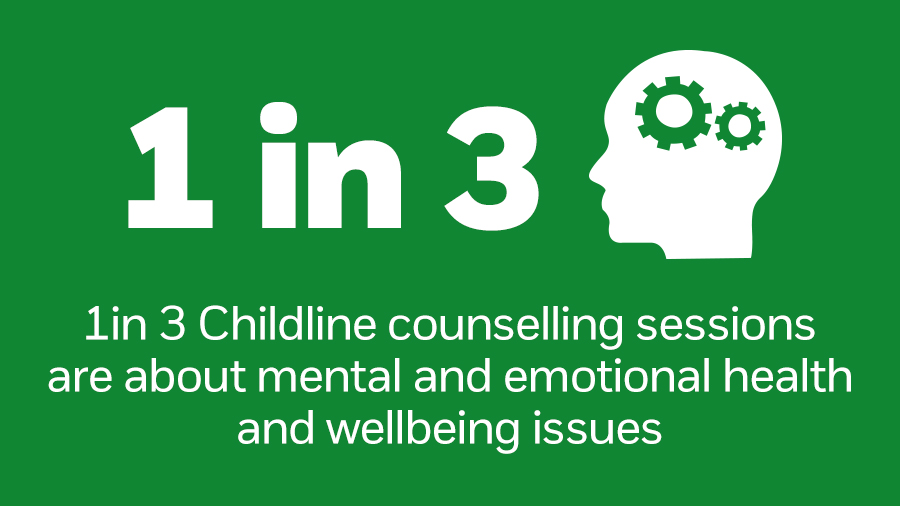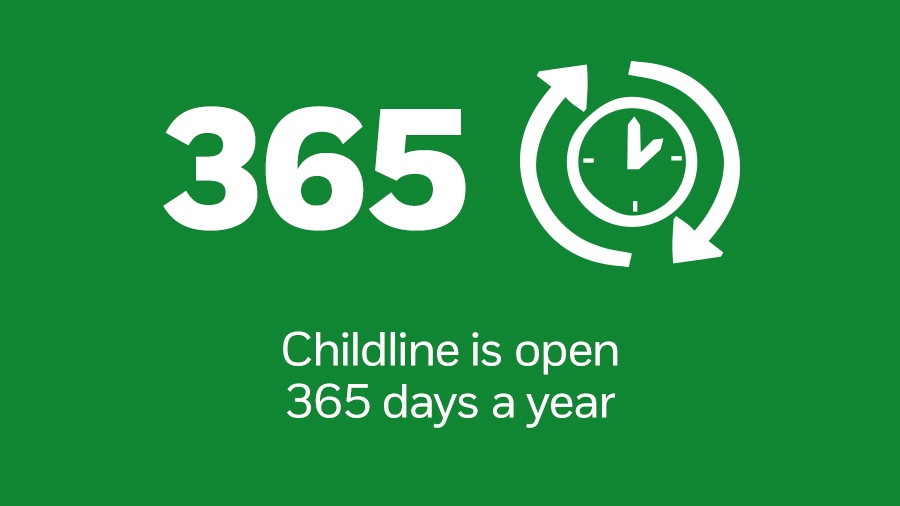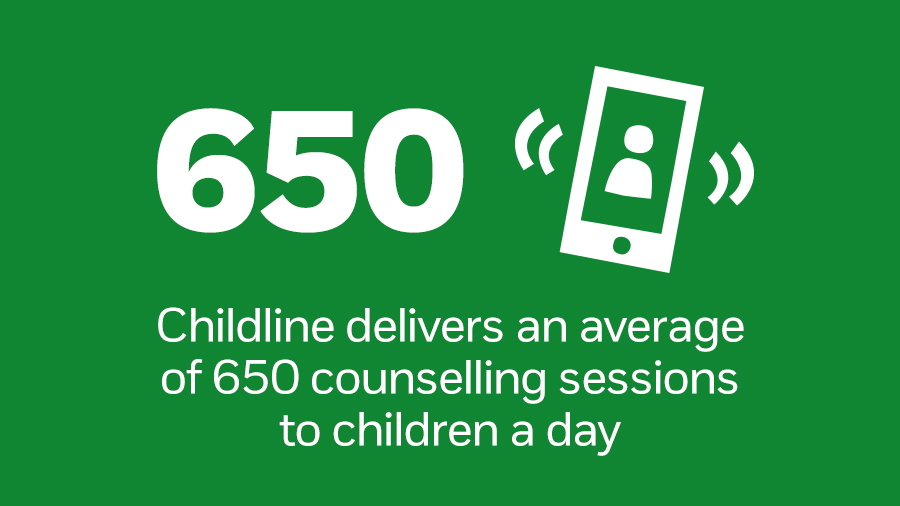"Self-harm is a coping mechanism that children use"
"In that moment in time, it's something that they have control over. Some hope that it would make them feel better in that particular situation. It can be a response to a situation that's taken place for them in their day, not being able to cope, possibly seeing it as a way of release.
Does a child necessarily feel that is control? Maybe. You ask one child, you ask another child, it may be a different. From my conversations with young people, it's not something that they want to do. In some cases, it's because they don’t feel other coping techniques work for them.

If a person has called up and they're self-harming, I'll start by checking in on how they are. So where they've cut, how deep the cut is, whether they cleaned themselves up. I'll alert my supervisor that the caller might be at risk, and then we'll go through exploring what it is that's brought them to harming themselves on that particular day.
"Because 9 times out of 10, when kids call up and if they've harmed themselves or they're attempting suicide, that isn't what they want to speak about. They want to speak about what's actually brought them to that point."
They may start off and say, ‘I've been trying to cut’ or, ‘I've been trying to stop cutting, and I've gone back to it.’ And so I would be exploring, why have you? What's led you back there today?
And then the conversation begins. ‘I've had an argument with my best friend, she's told me that she doesn't like me’ or ‘Girls are bullying me, I'm worried about going back to school, I'm anxious. So I started to cut.’ It's very rare that cutting is the issue. The issue is something else.
"It's all about coping mechanisms, and finding what coping mechanism for them is going to help them move forward."
A breach is what we call it when a young person is at serious risk of harm to themselves or someone else.
We break confidentiality at these moments. We'll find out where the young person is, and speak to a Childline supervisor. The supervisor will assess the situation and see how at risk that person is. Then we'll call out the relevant authorities, and get them there. But we'll also keep the young person on the line at the same time to try and deescalate the situation, but also to check that they're still safe and to check that they haven't moved the position from where they are."













